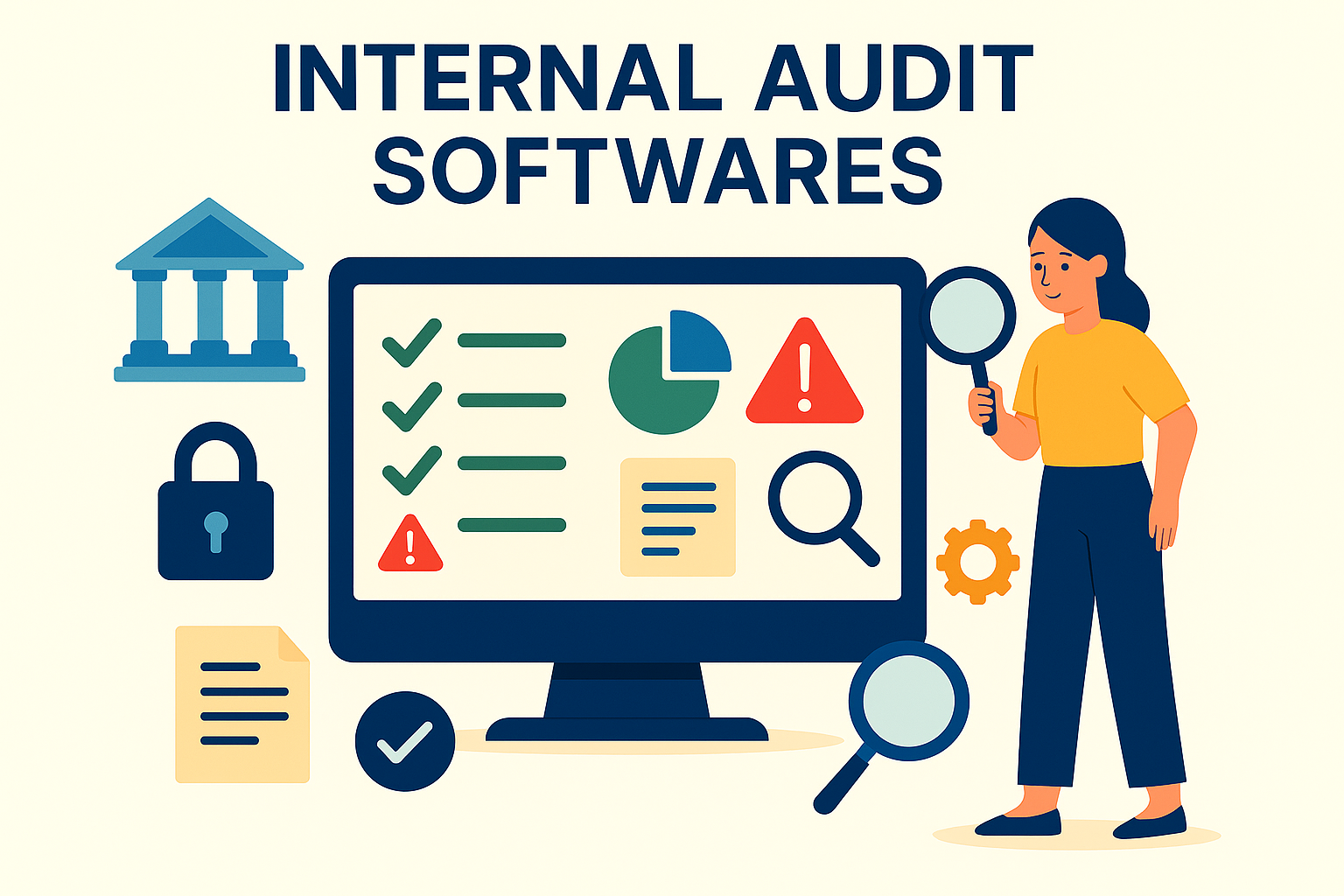Why ATM Reconciliation Matters: Enhancing Efficiency and Fraud Detection
As financial institutions continue to embrace technology and automation, ATM transactions have become an integral part of the banking landscape. ATM transactions allow customers to access their accounts, withdraw or deposit cash, transfer funds and perform other banking services quickly & conveniently.
According to Statista, across India, there were more than 6 billion ATM transactions worth about 29 trillion Indian rupees in the financial year of 2021. It was estimated that the number of transactions could go up to $10 billion in the financial year 2026.
With such a heavy rise in ATM transactions, the need for accurate and efficient reconciliation has become increasingly important. This comprehensive guide will provide an overview of ATM reconciliation and its importance in financial institutions.
What is ATM Reconciliation?
ATM transaction reconciliation is the process of comparing the records of ATM transactions with the records of the financial institution. The purpose of ATM reconciliation is to ensure that the records of the financial institution accurately reflect the transactions made by the ATM.
ATM reconciliation is essential for financial institutions to maintain accurate financial records and detect any discrepancies or errors in their records.
Why is ATM Reconciliation Important?
Below are a few reasons why financial institutions need to reconcile ATM transactions:
Ensures Accuracy of Financial Records
As mentioned, ATM reconciliation helps to ensure the accuracy of the financial records of the financial institution. This ensures that the financial institution can provide accurate and reliable financial statements to its stakeholders, such as investors, regulators and auditors.
Identifies Errors and Discrepancies
ATM reconciliation can help to identify errors and discrepancies in the financial records of the financial institution. This allows the financial institution to correct these errors and discrepancies promptly, which helps to prevent potential financial losses.
Improves Operational Efficiency
ATM reconciliation can help to improve the operational efficiency of the financial institution. By reconciling ATM transactions, financial institutions can identify areas where processes can be streamlined, reducing the time and resources required to complete these processes.
Enhances Fraud Detection
ATM reconciliation can help to enhance fraud detection in financial institutions. By reconciling ATM transactions, financial institutions can identify suspicious transactions and investigate them further, reducing the risk of financial fraud.
How does ATM Transaction Reconciliation Work?
ATM reconciliation involves comparing the ATM transaction records with the records of the financial institution.
The process involves several steps, including:
Data Collection
The first step is to collect data from the ATM and the financial institution. This data includes the transaction date, time, amount and account number.
Data Validation
The next step in reconciling an ATM is to check that the information from the ATM and the bank is correct. This means making sure that the information is correct and complete.
Matching Transactions
Once the data has been validated, the next step is to match the transactions made at the ATM with the records of the financial institution. This involves comparing the transaction date, time, amount and account number with the financial institution's records.
Resolving Discrepancies
If there are any discrepancies between the ATM transaction records and the financial institution's records, the next step is to resolve these discrepancies. This may involve investigating the discrepancies further and making corrections to the financial institution's records.
Linkage with Cash Reconciliation
Cash reconciliation and ATM reconciliation are related processes that involve comparing the amounts of cash or funds that have been recorded in an accounting system with the actual cash or funds that are physically present.
Cash reconciliation typically refers to the process of reconciling the amount of cash that a business has on hand with the amount of cash that is recorded in its accounting system. This involves counting the physical cash on hand, comparing it to the records in the accounting system, and identifying and addressing any discrepancies.
Importance of ATM Reconciliation
ATM reconciliation is crucial for the smooth functioning of the banking industry. It ensures that the cash in the ATM machine always matches the transactions carried out through the ATM. Any discrepancies identified during the reconciliation process can be rectified immediately, ensuring that customers do not face any inconvenience.
Problems Faced During Manual Reconciliation
There were several problems with ATM reconciliation done manually. These included keeping track of the balance, setting threshold limits for cash, identifying the transaction status and other repetitive steps.
Manual reconciliation is an error-prone and tedious process, requiring a lot of time and effort. This makes it difficult to identify discrepancies and rectify them in a timely manner.
Benefits of Automating Reconciliation Process
An automated way to do ATM reconciliation would help speed up the process and make it more efficient overall. Some of the major benefits of automating the process are:
Error-free Reports
Since all the data is fetched from a single source, it becomes easier to process the data. After automating, a threshold amount can be provided to be loaded into the machine by calculating the average opening and closing balance. These reports are generated on a periodic duration, helping the user determine settlements for shortage or excess of cash observed in the ATM machine.
Quick Summary Reports
Post data processing, it can be quickly summarized, and a report can be created instantly.
Conclusion
ATM transaction reconciliation is a crucial process that helps financial institutions keep track of their cash transactions and identify discrepancies. It is a complex and error-prone process when done manually. However, with the use of automation platforms like Osfin, financial institutions can streamline this very ATM reconciliation process and reduce the risk of errors.
The benefits of automation include single-source data, error-free reports, quick summary reports and transaction status details. By automating the ATM reconciliation process, financial institutions can save time, reduce costs and increase accuracy, ultimately leading to better customer service and increased profitability.
Osfin can help financial institutions with the ATM transaction reconciliation process by providing automated workflows, importing data from ATMs and other sources and reconciling millions of entries in a span of few minutes. It can also help prevent revenue leakages by tracking transaction-level discrepancies, delays and defaults.


